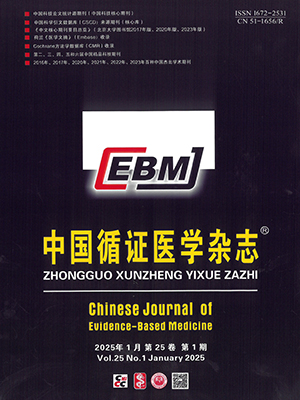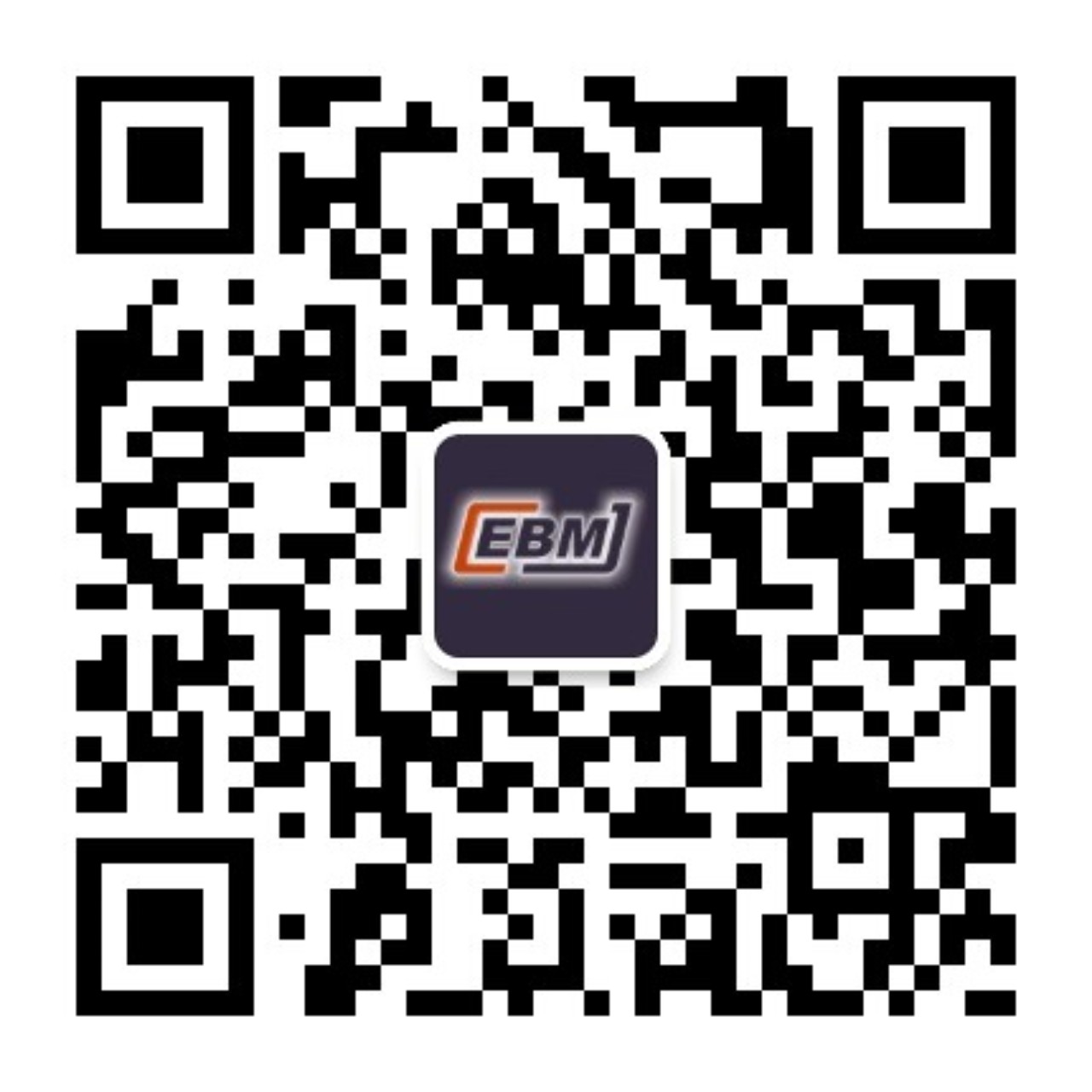Objective To assess the effect of different thrombolytic agents, and different regimens in acute ischaemic stroke.
Methods A systematic review of all the relevant randomized controlled trials (RCTs) was performed. RCTs were identified from the Cochrane Stroke Group trials register, Embase (1980 to 1997), handsearching Japanese and Chinese journals, and personal contact with pharmaceutical companies. We included randomised and quasi-randomised trials in patients with confirmed acute ischaemic stroke comparing different doses of a thrombolytic agent, or different thrombolytic agent, or the same agent given by different routes.
Results Eight trials involving 1 334 patients were included. Concealment of allocation was generally adequate. All the trials were conducted in Japan. Different doses (of tissue plasminogen activator or urokinase) were compared in six trials. Different agents (tissue plasminogen activator versus urokinase,or tissue-cultured urokinase versus conventional urokinase) were compared in three trials. Few data were available for functional outcomes. A higher dose of thrombolytic therapy was associated with a five-fold increase in fatal intracranial haernorrhages (odds ratio 5.02, 95% confidence interval 1.56 to 16.18). There was a non-significant trend towards more early deaths or clinically significant intracranial haemorrhages in higher dose group. No difference in late deaths or extra-cranial haemorrhages was shown between low and higher doses. However, very few of these events occurred. No difference was shown between the different thrombolytic agents tested.
Conclusions There is not enough evidence to conclude whether lower doses of thrombolytic agents might be safer or more effective than higher doses in acute ischaemic stroke. It is not possible to conclude whether one agent might be better than another, or which route of administration might be best.
Citation: LIU Ming,Joanna Wardlaw,ZHANG Shihong. Thrombolysis (different doses, routes of administration and agents)for acute ischaemic stroke. Chinese Journal of Evidence-Based Medicine, 2001, 01(2): 74-77. doi: Copy
Copyright © the editorial department of Chinese Journal of Evidence-Based Medicine of West China Medical Publisher. All rights reserved




